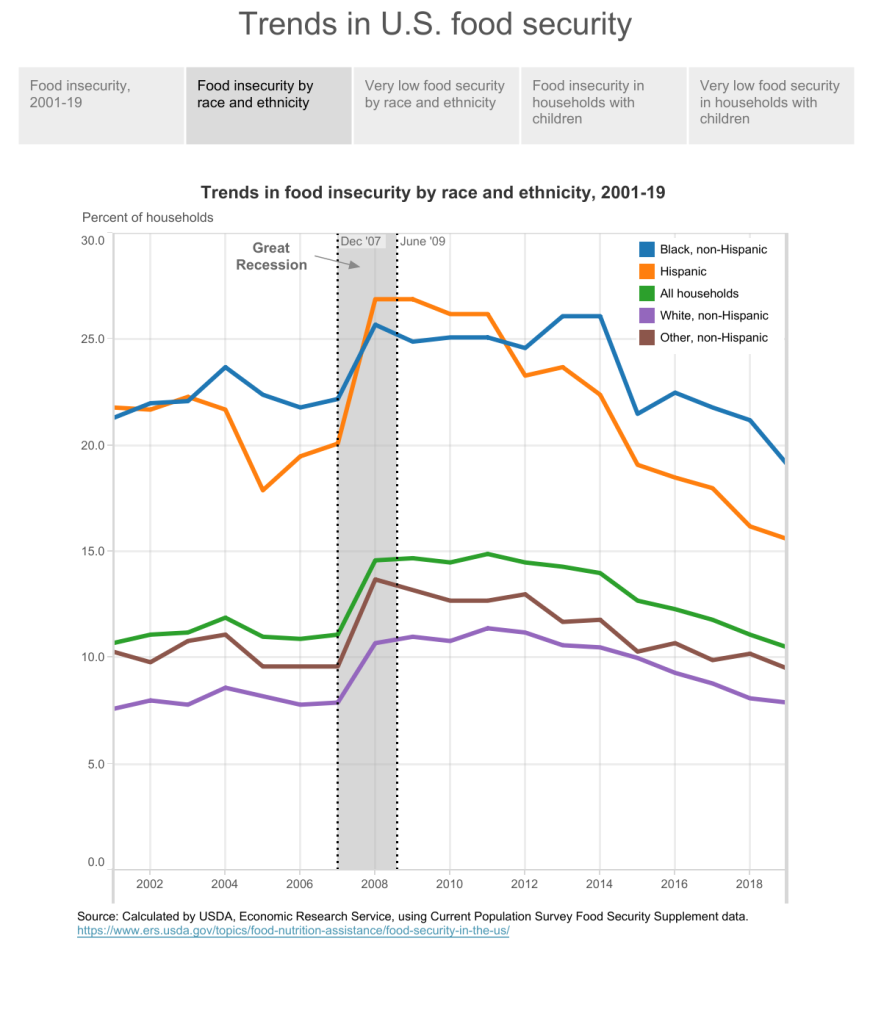I was talking with a neighbor a few weeks ago, and she asked me if I knew anything about the failed effort to pass a backyard chicken ordinance in Holyoke. She owns several acres of land and is hoping to produce more food on it, though it’s zoned R1 residential (only single-family homes allowed) and in Holyoke, no animals classified as “livestock” are allowed in residential areas. We talked about the effort to pass an urban chicken ordinance, its failure (zone changes require 2/3 majority in cities and towns), and what a shame it is now that eggs are over $5 per dozen.
Urban agriculture has been a growing movement over the last several years as awareness of food insecurity and food deserts has coupled with pandemic-induced urban homesteading. The organization Gardening the Community is a great example in Springfield where youth grow food on vacant lots in disinvested and historically underserved parts of the city.

This movement is especially important in Black and Brown communities which are hit hard by food insecurity. In general, Black and Hispanic households have greater levels of food insecurity, meaning access to affordable, healthy food is an issue of economic and racial justice (see the chart below).

So that led me to wonder, where are you allowed to own backyard chickens in the Pioneer Valley? And why are there differences between communities?
Where Chickens Are and Aren’t Allowed
Based on my Google search meanderings, the pattern that emerges is one where communities south of the Tofu Curtain are anti-chicken and those north are fine with backyard hens.

There are a few different “flavors” of prohibitions – some require special permits from the city council, some require permits from the Board of Health, and some are outright prohibited in residential areas. Even though there are shades of gray, if a person is struggling to buy groceries, they probably aren’t able to shell out the money for a Backyard Chicken Permit, so it might as well be a prohibition to those households.
So why might it be that Hampshire County is OK with backyard hens and Hampden County isn’t? I have a couple of theories.
- Density: The densest communities in the Pioneer Valley are Springfield, Holyoke, and Chicopee. Amherst has a lot of density, but that’s concentrated around UMass and fluctuates with the school year. In a higher-density context, people are more aware of – and sensitive to – the potentially annoying things that their neighbors are doing.
- Race and Class: Hampden County is generally poorer than Hampshire County, and also full of cities and towns that blossomed during post-war white flight. These are the same communities that also fail to meet the affordable housing minimum defined in the Commonwealth’s affordable housing law (10% of a community’s housing units defined as affordable). Westfield stands at 7.3%, Agawam at 5.1%, and Longmeadow at 4.7%. If the point of a backyard chicken law is to enhance affordability, these may not be the most sympathetic communities.
People Have a Right to Food
Being prohibited from raising backyard chickens may seem like a small thing, but it’s just one more manifestation of exclusionary practices that have so radically segregated our communities and burdened poor people. On average, American households spend about half their income on housing and transportation and a little over 12% on food – the third-highest expenditure.

A third of household expenditures going to housing is considered the maximum before being “housing burdened”, but poor households spend even more on housing – the poorest households in Massachusetts spend more than two-thirds of their income on housing. When rent and a car payment are taking up most of your income, the ability to grow food could be critical to just surviving – especially when the cost of food has increased an astounding 10.2% over the last year.
The problems I’ve read about backyard chickens – clucking noises and hen manure – seem far milder than the waste and barking that the many, many dogs living around me produce daily, and much less shocking than the mutilated birds and rodents the neighborhood cats leave in our yard. So I find it suspect when a relatively innocuous animal that can make life more affordable for my neighbors is illegal, but other animals that just cost money are A-OK.
For my neighbor’s sake, and for many others hoping to produce healthy food at a low cost, I hope that communities in the region legalize backyard hens. As far as I can tell, backyard hens are a commonsense solution to the rising cost of food, including the eggs we have to buy (right now, anyway) at the store.
More Reading
I wrote a draft White Paper about a year ago on food insecurity specific to Holyoke and Hampden County. Some facts:
- Hamden County has the highest food insecurity for children in the Commonwealth.
- Latinos are almost twice as likely to live in food insecure households as non-Hispanic white Americans.
- Most of downtown Holyoke is considered a food desert (an area with limited access to affordable, healthy food).
You can find the White Paper here.
